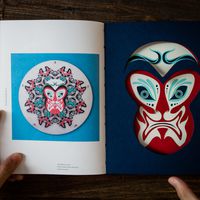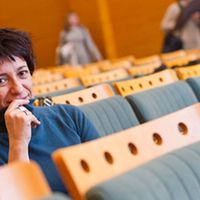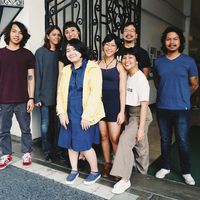Sàn Art, a platform for contemporary arts in Ho Chi Minh City, Viet Nam
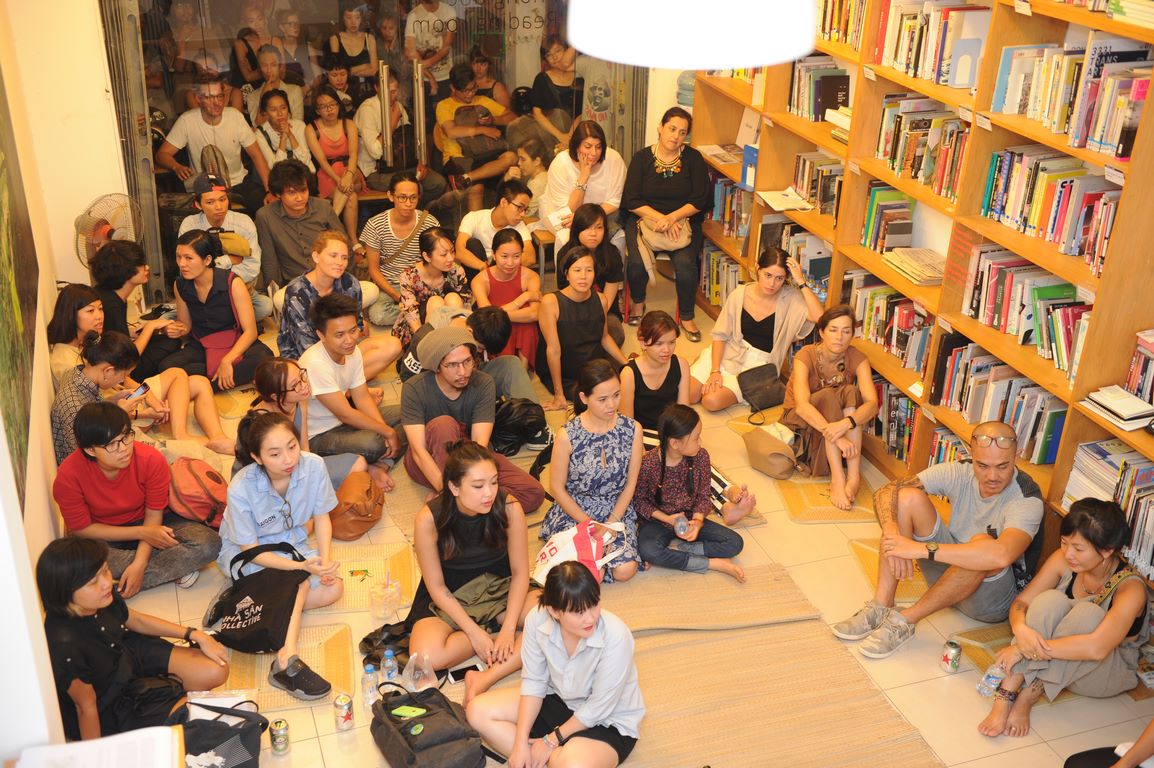
In this last interview part of the Ho Chi Minh City profile, David Fernandez interviews Tra Nguyen, Manager of Sàn Art, a platform that supports and gives a voice to Vietnamese artists and arts professionals in the country and abroad.
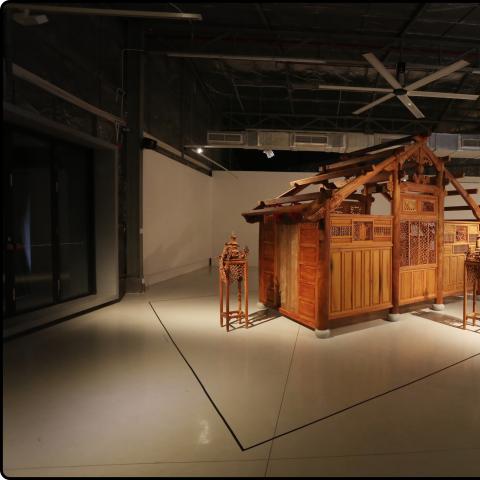
Sàn Art is an artist initiated, non-profit contemporary art organisation committed to the exchange and excavation of cultural knowledge within an interdisciplinary community.
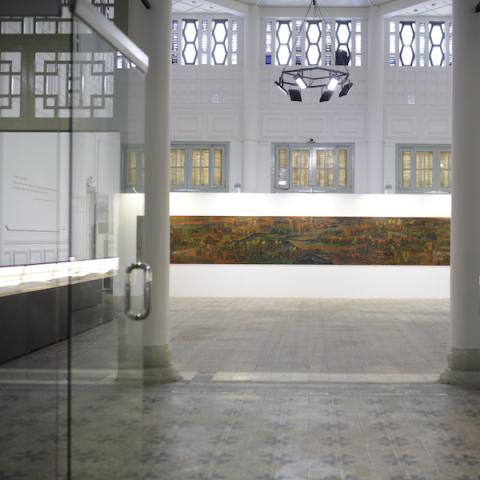
David Fernández: How would you describe Sàn Art?
Tra Nguyen: Sàn Art is an independent, non-profit arts organisation in Ho Chi Minh City (HCMC), Vietnam. San Art was founded by 4 artists in 2007 to address the lack of opportunities in visual contemporary arts. We have been filling this gap by means of exhibitions, lectures, workshops, artist presentations and residency programmes, in conjunction with local and international partners.
DF: What motivated the founding members to start promoting, researching and documenting contemporary arts in Vietnam?
TN: In a country that offers little in the way of infrastructure and few alternatives to commercial production, San Art strives to create a platform on which artistic productions and discourses can be experienced and developed. It is interesting that you mention “documenting” because indeed we’ve been doing that with contemporary visual arts here in the last 10 years. We still follow up with our resident artists for example, and are very happy with their commitment with their artistic practices.
DF: What did you plan to achieve when Sàn Art was founded? How has it been developing?
TN: As an artist initiated, non-profit contemporary art organisation, Sàn Art has always been committed to the exchange and excavation of cultural knowledge within an interdisciplinary community. Since early this year, San Art has entered a new phase. We are currently exploring a ‘spaceless’ operation while maintaining the strategic facilitation between artists and the local/international art industry. The focus now is on an educational programme for aspiring local curators. Similar to what we did during Conscious Realities, a 3-year project carried out through lectures, workshops and a residency programme, we are planning to invite professional curators to Ho Chi Minh city to conduct workshops for local practitioners (who might have yet to call themselves curators), giving practical advice on how to utilise their distinctive strengths to deliver the very concepts they have applied into the programme. At the end of this workshop series, we would like to provide assistance to the participants to realise their projects.
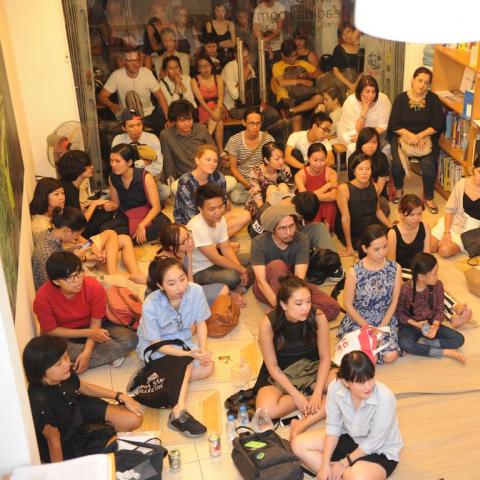
DF: How do you see the evolution of Sàn Art as an art platform?
TN: At first, we were a small library, then a gallery and gradually we developed into a full-fledge organisation, some even say we are an ‘institution’, although we are an independent platform, simply because we are the only one that has been running long-time artistic programmes with extensive activities for the artists, including exhibitions, talks, residencies and intensive critic programmes. I would proudly say we have provided references to many of the activities and programmes that have been emerging in the city in recent years. As a result, I believe the artistic dialogue inside the community is pretty vibrant at the moment and local artists seem to have a clearer way to express their ideas.
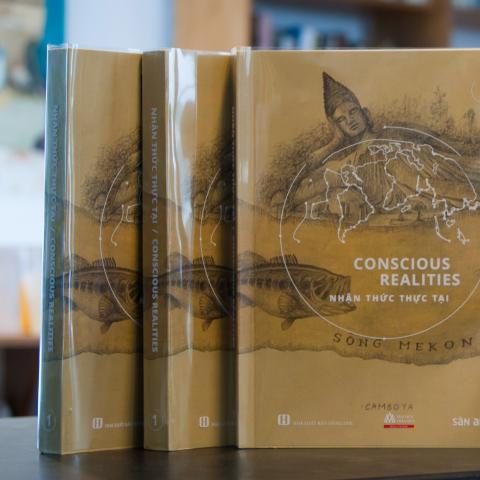
DF: How is the public in Viet Nam reacting to your programmes?
TN: Our audience has been growing organically in the last decade mainly thanks to our commitment to the local artists. While we have always aimed to reach out to the general public, I feel that the broader audience pays more attention to specific instants. For example many people knew of us when a couple of years ago we had to discontinue our programmes due to several circumstances. No matter what challenges we faced, the interest was always there, particularly among the young creative community. I can feel the trust of our audiences and the expectations they have deposited on Sàn Art throughout time.
DF: What is the main focus of your platform?
TN: In brief, Sàn Art is a platform so it creates opportunities for the local artistic community to engage in both local and international discourses in thinking critically of the relationship between art and society – we continuously connect curators, writers, historians, artists. Besides, our platform aims to further the knowledge and awareness of Vietnamese contemporary art through sharing of networks, resources and offering translation services. Lastly, through our activity we want to build a centre of knowledge in people and resources - arts managers, teachers, artists, writers, etc - contemporary art and culture, with primary focus on Viet Nam, in order to better enable productive relationships with like-minded thinkers locally and abroad.
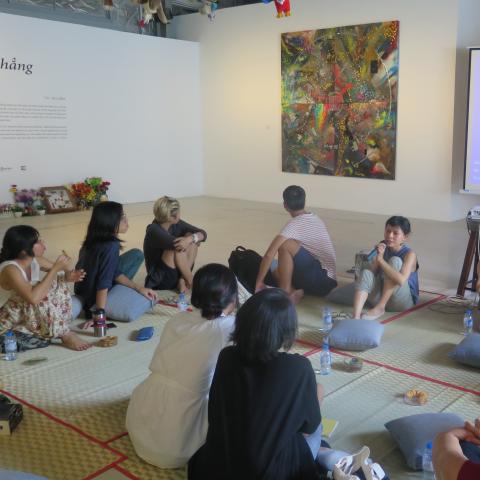
DF: What are your plans for the future of Sàn Art, do you have any specific goals you would like to achieve in the near future?
TN: We are now focusing on the curators after nearly a decade of focusing on artists. We are putting together this training programmes for aspiring researchers, curators and writers to learn by familiarising with other peers that work in similar contexts regionally. We are trying to do this by building on what we have already done in the past. There will be lectures and workshops open to the public, offering a programme that will not be heavy on theory but rather based on hands-on experiences. Whoever has an interest in becoming a curator, they will have already gained some form of education – either formal, from schools, or informal as working experiences in this field. What we want to do is to complement their initiatives within the framework of visual arts, ranging from white cube to grassroots contexts.
DF: What is HCMC's art & cultural scene like nowadays? How would you describe its creative community?
TN: The local contemporary art scene is certainly evolving nowadays. Mainly thanks to those private investors who are lately paying attention to the creative developments but also, very important, putting resources in to build the local scene. Among the best examples are The Factory Arts Centre, Salon Saigon, and one quite unique: Post Vidai / Dia Projects (a contemporary art collection in conjunction with an independent art space), as well as other art spaces that have been contributing for some time now. These initiatives really encourage the artist community, not only by offering the opportunity to show their work but also by getting more critical reviews on their work. Furthermore, the community is now really expanding, we see now many more Vietnamese artists are returning home from overseas and locally, artists work together in different ways to create very exciting projects. New spaces/projects create new exchanges, resulting in a more dynamic communication between the cultural players. This dialogue is now pretty vibrant.
To find out more about the Sàn Art, please visit: www.san-art.org
__
David Fernández is a Spanish-born contributing writer based in Bangkok, Thailand. Currently working as freelance arts & cultural project manager and digital media consultant, he is also one of the co-founders of Cho Why multi-disciplinary project space. He previously co-founded Le Cool Bangkok arts & culture webzine and worked as content director. Formerly, he served as cultural attaché at the Embassy of Spain – Cultural Office in Bangkok.
Similar content
30 Nov 2017
02 Nov 2017
19 Jul 2016

